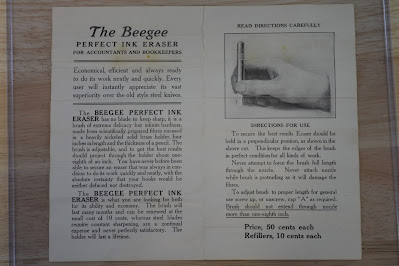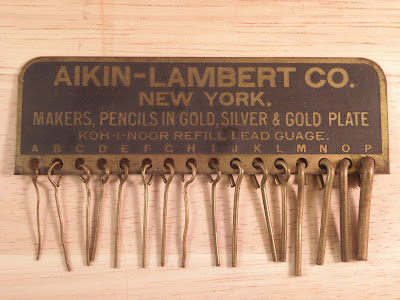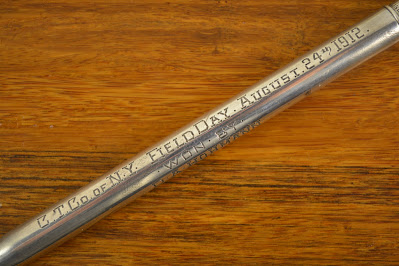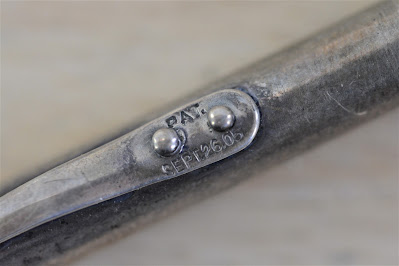This article has been edited and included in The Leadhead's Pencil Blog Volume 6, now on sale at The Legendary Lead Company. I have just a few hard copies left of the first printing, available here, and an ebook version in pdf format is available for download here.
If you don't want the book but you enjoy this article, please consider supporting the Blog project here.
(Originally scheduled to post May 16, 2018)
I’ve had some pictures in the archive of some details to add regarding Conklin’s “dollar pencils,” starting with this bunch, which came my way by David Nishimura so many years ago that these pictures were taken on the old camera. Now that I’ve gotten better at photo editing, the images are presentable:
There’s new old stock, there’s mint . . . and then there’s time machines that catapult you back to a stationer’s counter nearly a century ago:
The tissue paper wrappings, with purple stars, are cinched closed with stickers indicating what model pencil is wrapped inside:
A couple of the tissue wrappings were damaged, so I slipped the pencils inside from their coverings for this shot:
The short model with Conklin’s lower-level clip (see The Leadhead's Pencil Blog Vol. 2, page 25) - designated Model #0SC - is a real prize. Note also the fingerprint of someone who handled the pencil a century ago on the ringtop:
In fact, in that earlier article I posted, both of these pencils show up in the image I included from Conklin’s 1922 catalog:
I also have a couple details to report on Conklin’s 1925 dollar pencils (see "A Fist Full of Dollar Pencils"). First, there were two blues - one more teal, and the other a brighter robin’s egg blue:
And, in addition to the black, orange/red and blue shown in the 1925 catalog, they are also found in dark green:
Since green is not shown in the 1925 catalog, but is shown in the 1930-1931 catalog for that other line of dollar pencils . . .
. . . I’m inclined to think green was added later in the line, and if true, that might indicate that the shorter caps I’ve noted here before are later production:
Speaking of those 1930-1931 dollar pencils, I’ve managed to find examples in black and red:
Half of a red one, anyway . . . the material is very brittle and my example has a gaping crack next to the clip. In the years since these pictures were taken, I still haven’t turned up a better example. Or a green one.























































